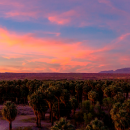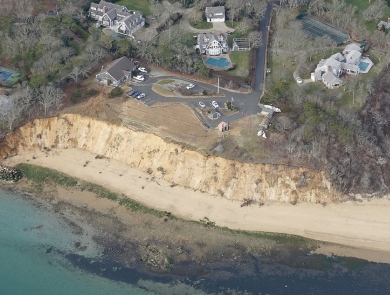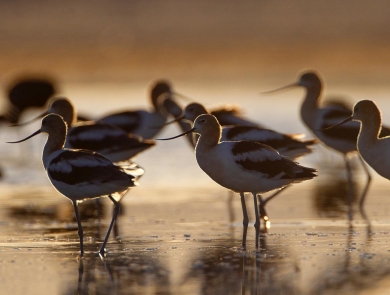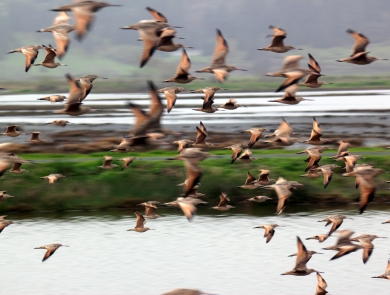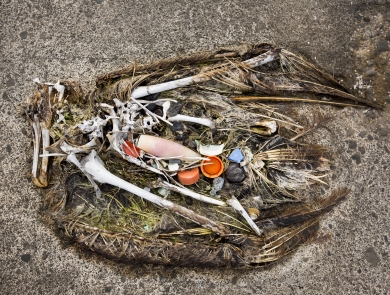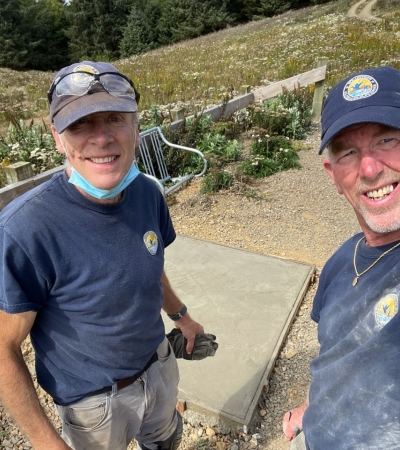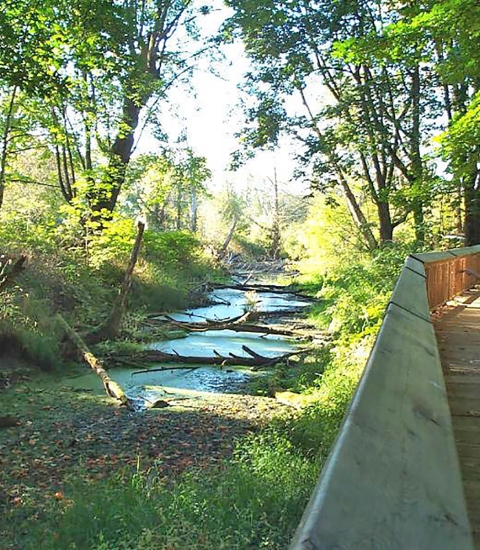Facility
Location
C/O Desert National Wildlife Refuge Complex 4701 North Torrey Pines Drive
Las Vegas, NV 89130
United States
Volunteer Position Overview
About This Position
Volunteers needed for the following 3 or 4 month commitments: September - November 2024, December – February 2025, and March - May 2025.
Moapa Valley National Wildlife Refuge was established in 1979 to protect the endangered Moapa Dace. This small desert fish was present on the very first Endangered Species list and Moapa Valley was the first refuge ever set aside specifically for a fish. The refuge features a viewing window built right into the stream so that visitors can see the Moapa dace in its natural habitat. Since there is no visitor center on site, the Moapa volunteer is the main point-of-contact for visitors. To learn more about the refuge go to www.fws.gov/refuge/moapavalley. There is also a film about the refuge https://vimeo.com/86786561.
Moapa Valley NWR seeks volunteers available to open a small National Wildlife Refuge to the public on Friday, Saturday, Sunday, and an occasional weekday. As the resident host you provide orientation and interpretation and answer visitor questions. You would cover topics regarding the refuge, local natural and cultural resources, safety precautions, rules and regulations, recreational opportunities, and area services. You would also assist staff with operations and maintenance of facilities, including cleaning bathrooms, emptying trash containers, ensuring refuge is free of litter, invasive species removal, and other more complex maintenance projects within your abilities. You may also be asked to help with special events both on- and off-site. Moapa Valley refuge staff and volunteers work closely with staff and volunteers from the nearby Pahranagat National Wildlife Refuge.
RV or motor home utility hook-ups for electric, water, propane, and sewage are provided. The commitment requires a minimum 28 hours/week of volunteering per resident. We are currently accepting applications for March-May 2024.
The refuge is located about an hour north of Las Vegas, NV. Grand Canyon, Zion, Bryce Canyon, Great Basin, and Death Valley National Parks are all about a half day's drive away.
Duties/Activities
Stories About Volunteering
Other Ways to Work with Us
Are you looking for something different than a volunteer opportunity? The Fish and Wildlife Service employs around 9,000 people nationwide and offers great internship opportunities every year.
